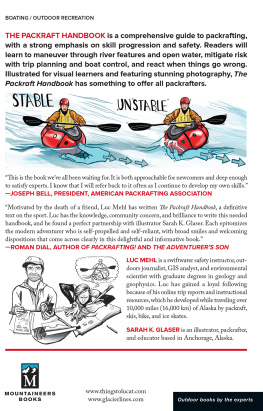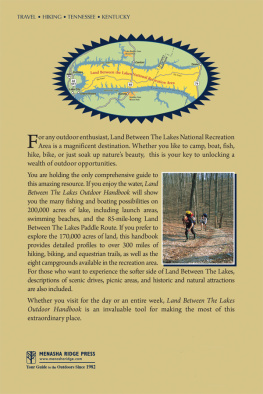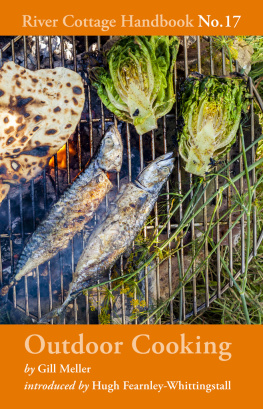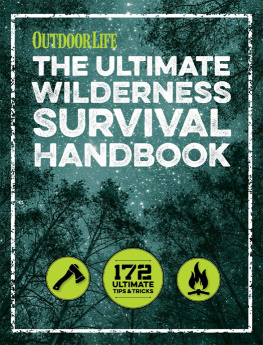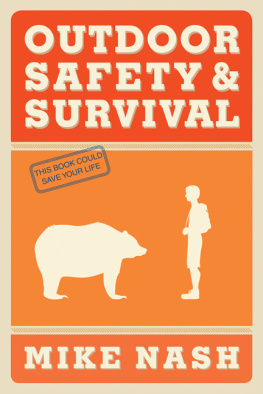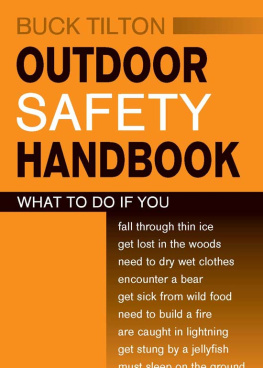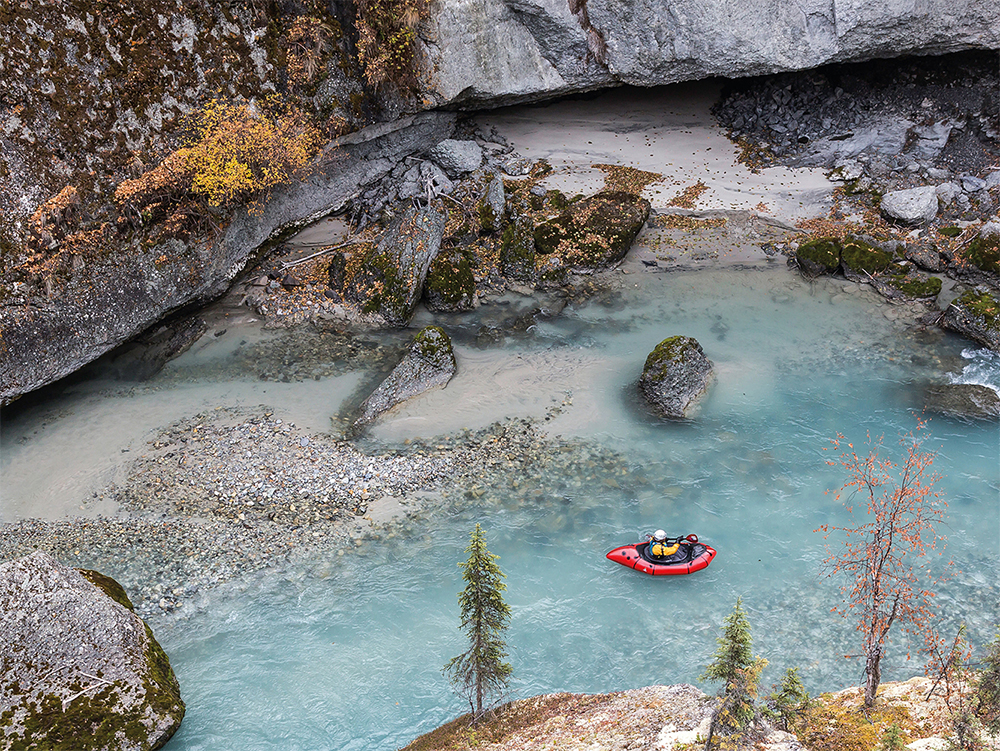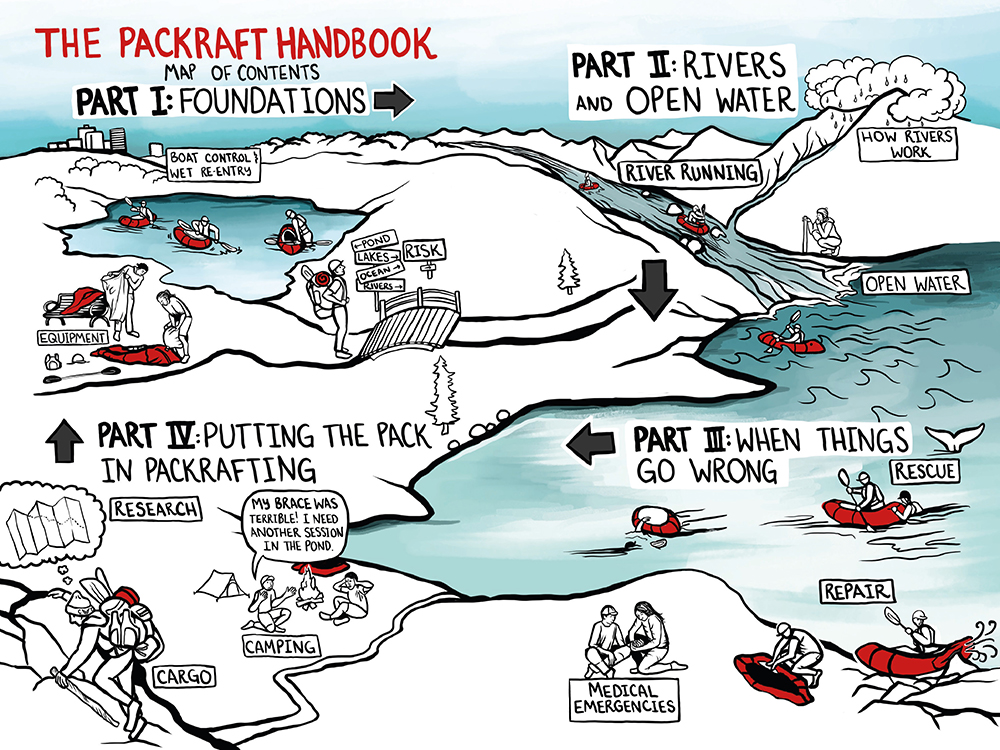The
Packraft
Handbook
MOUNTAINEERS BOOKS is dedicated to the exploration, preservation, and enjoyment of outdoor and wilderness areas.
1001 SW Klickitat Way, Suite 201, Seattle, WA 98134
800-553-4453, www.mountaineersbooks.org
Copyright 2021 by Luc Mehl
Originally published by Luc Mehl, Things to Luc At LLC
All rights reserved. No part of this book may be reproduced or utilized in any form, or by any electronic, mechanical, or other means, without the prior written permission of the publisher.
Mountaineers Books and its colophon are registered trademarks of The Mountaineers organization.
Printed in Korea
Distributed in the United Kingdom by Cordee, www.cordee.co.uk
25 24 23 221 2 3 4 5
Design and layout: Molly Golden
Illustrations: Sarah K. Glaser
All photographs and illustrations by the author unless credited otherwise Cover and frontispiece photographs: Chickaloon River, Alaska
Library of Congress Cataloging-in-Publication data is on file for this title
Mountaineers Books titles may be purchased for corporate, educational, or other promotional sales, and our authors are available for a wide range of events. For information on special discounts or booking an author, contact our customer service at 800-553-4453 or mbooks@mountaineersbooks.org.
Printed on FSC-certified materials
ISBN (paperback): 978-1-68051-602-9
ISBN (ebook): 978-1-68051-603-6
The author assumes no liability for accidents or injuries happening to readers who engage in the activities described in this book.

CONTENTS
DEDICATION
For Rob Kehrer
ACKNOWLEDGMENTS
It was humbling to discover how badly I needed peer reviewers to make The Packraft Handbook what it has become. I am especially grateful to Sarah K. Glaser for her insights and patience during illustration revisions. Brad Meiklejohn,Trip Kinney, and Francis Mitchell dove deep and provided help with the big picture. John and Paul Schauer provided a new-to-me and greatly-appreciated perspective on the principles of river-running, and Tony Perelli helped translate it into something packrafters can relate to. Bretwood Hig Higman was a huge help regarding open-water crossings, where I lack experience. Eric Riley provided a critical review of the concepts in the rescue chapters. Jeremy Wood gave a doctors assessment of the Medical Emergencies chapter. Thanks to Joseph Bell, Hugh Canard, Amy Christeson, Gregg Christopher, David Coil, Roman Dial, Chris Erickson, Clinton Hodges, Shasta Hood, Timmy Johnson, Galen Johnston, Becky King, Will Koeppen, Zorba Laloo, JoAnne Mehl, Mark Oates, Sven Schellin, Zak Sears, John Shook, Ben Sullender, Dmitry Surnin, Thor Tingey, and Tom Wetherell for their contributions. Molly Golden designed the layout; Lisa Delaney copy edited the text; and Lizzy Scully provided a marketing plan. Joe Stock and Kelsey Gray helped me navigate self-publishing. Finally, thank you to my wife, Sarah Histand, for encouraging me to give up the stability of a full-time desk job for the instability of promoting a packrafting Culture of Safety.
PREFACE
I bought my first packraft to extend hiking trips, never expecting that the adorable blue boat would change my life.
I grew up on the banks of a cold, brown, and swift Alaska river, known as the Kuskokwim. I was always intimidated by it. The river was dangerous. Kids were warned about the river, and none of us learned to swim until we grew up and left town. One of my early memories is shivering while wrapped in a blue tarp after I got wet riding a raft of firewood logs.
In rural Alaska, there are no actual highways; you have to fly to the villages or navigate the rivers by boat. This river was our highway. At the same time, it was a barrier that blocked overland travel. I carried this impression into adulthood: the blue lines on the map defined the boundaries of exploration.
Many years and rivers later, my eyes are now drawn to those same blue lines, but for different reasons. The rivers are highways again, but now I see them as liberating instead of limiting. These days, my packraft sneaks its way into my luggage on every family vacation. I routinely plead with my wife Sarah Histand to pull over so that I can study the flow of a road-side river.
I started packrafting rivers the way I hiked trailspointing the boat downriver and plowing through any obstacles. After a season of boating like a backpacker, Roman Dial recruited me into his team of whitewater packrafters. Roman was on a mission to prove that packrafts were viable whitewater boats. Under the mentorship of Romans team and the river kayakers who looked out for us, I learned to love boating like a boater.
My learning curve included many mistakes and even more swims, but I enjoyed the process and felt invincible. That all changed in 2014 when, just days after traveling together, Rob Kehrer capsized, was separated from his packraft, and drowned. Robs death was shocking to me because we cut the same corners incomplete safety equipment and no swiftwater trainingit couldve just as easily been me. His death forced me to reassess my relationship with recreation, especially my risk assessment and tolerance. I took a course from the Swiftwater Safety Institute, then shadowed as an instructor and eventually earned a teaching position.
I wrote The Packraft Handbook to prevent packraft incidents like the one that took Robs life.
ILLUSTRATORS PREFACE
I was born and raised on the banks of Victor Creek, a steep, rocky tributary into Kenai Lake, Alaska. But I didnt discover whitewater until I was a homesick college student. I was bewildered by the lack of accessible wilderness and mountain peaks from the tightly fenced-off trails and miniature parks of mid-coast Maine.
The college outing club offered a semester of whitewater kayaking. I had never seen anything like those clear, thundering rivers (green instead of a glacial gray), and they engulfed me. The rivers could swallow me up and spit me out in a single afternoon, and they often did. In the confusion of college and classes, I so badly needed that. I was smitten.
I dove in with enthusiasm. I learned to roll, then taught pool sessions twice a week. I bloodied my lip, scraped my chin, got ear infections, surfed tidal waves, and ran glorious dam-release rivers over and over.
And then, too soon, I graduated.
Im back home in Alaska, where there are fewer roads and more rivers (thank goodness), and my paddling has converged with my love of backpacking and hunting. With a packraft, I still get that same joy of running rivers. Ive walked hundreds of miles with my saucy little whitewater packraft on my back.

